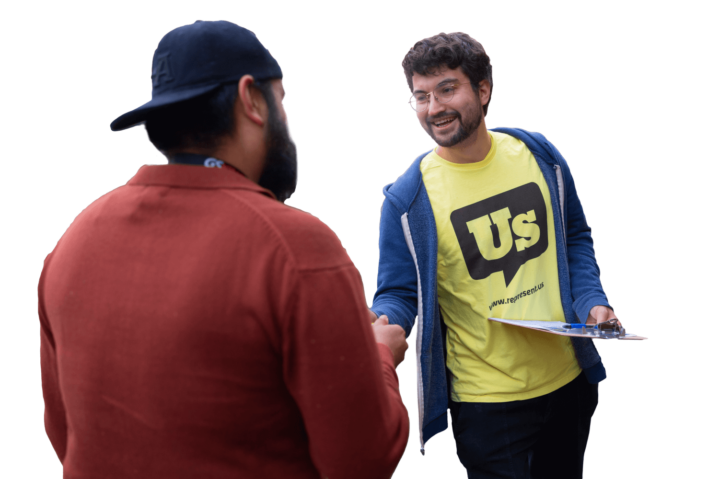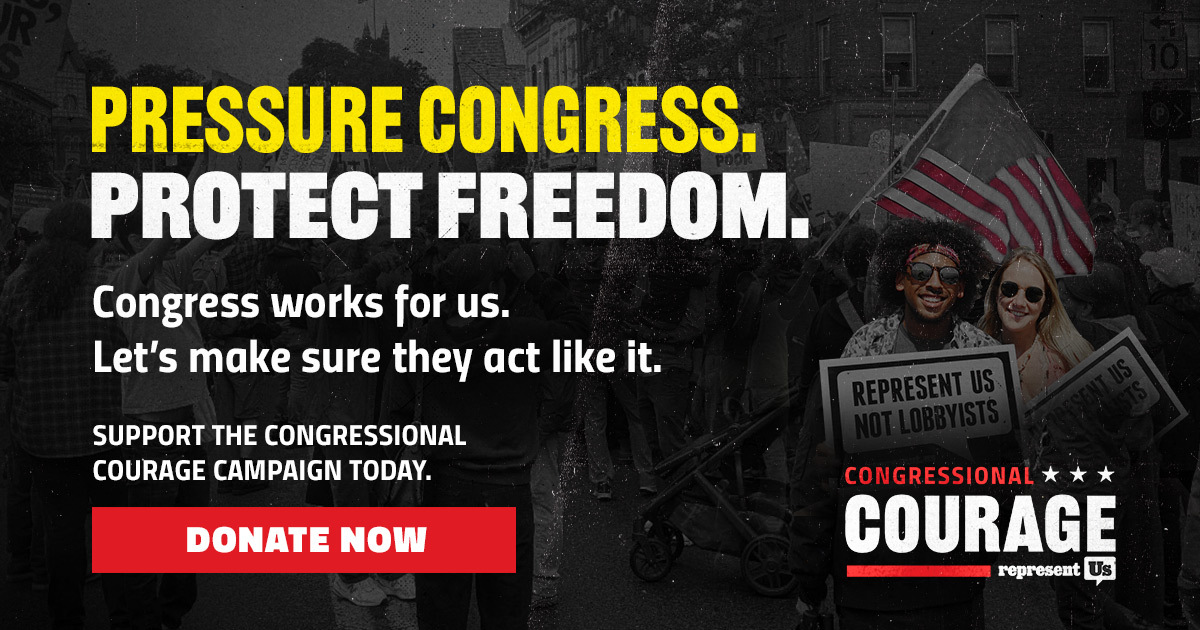How to Take Effective Political Action
How to Canvass
What is canvassing?
Canvassing is direct contact with individuals often used in political and issue campaigns accomplished through person-to-person contact.
Why canvass?
The goal is to connect with voters by initiating direct contact with them in a particular area, community, or legislative district. The purpose of the connection might be to educate or inform voters, to persuade voters, to find supporters, or to make an ask (volunteer, donate, display a yard sign, attend an event). Political scientists view canvassing as one of the most effective ways to talk to community members (study results).

Where should you canvass?
Canvassing can take place in public locations like grocery stores/shopping centers, events, campuses and more. Canvassing in public locations is typically known as “tabling” especially when you have a table with materials for the public. Another common location for canvassing is in neighborhoods, at people’s residencies.
How to canvass:
- Generally it is advisable to only engage in canvassing activities when connected to a campaign or candidate. Getting started includes identifying a campaign you would like to get involved with and signing up to volunteer. Take time to consider the issues you really care about, investigate which candidates or organizations are aligned to your values and learn how to get involved.
- Once you volunteer to canvass you’ll receive all of the information you’ll need to get started. The organizing group will ask you to join them at an assigned location to pick up your gear and get trained on the script.
- Go to the assigned location. In many cases, tabling is only allowed in certain spots or within a space reserved by the organizers. In neighborhoods, only go to assigned voters or locations. In many cases, organizers have a strategy that includes picking out specific people to be canvassed. Canvassing is time consuming and requires effort. It is important that campaigns use the resources wisely by focusing on certain constituencies.
- Follow the given script. You do not need to read it word-for-word. In fact, you want to make sure that you are personable and friendly when speaking with members of the public. The important thing is to get answers to the questions or information that is on the script. This information helps the campaign know how things are going and what changes need to be made, if any, to lead to a pathway to victory.
- Mark the forms with information you receive. If data is not captured, then the campaign will likely have to return to the same voter.
Helpful hints for canvassing
- Organize or plan out your canvass. How would you get to each residence? What order makes the most sense? How will you approach people in a public setting?
- Introduce yourself and indicate that you are a volunteer from the area. This puts people at ease.
Learn the script and role play ahead of time. - Make sure you have all necessary materials before you start (clipboard, palm/pledge cards, literature, list, pen, script, clipboard).
- Bring water with you.
- Be prepared for the weather (think rain, snow/cold, hot, sun).
- Be prepared for all reactions – both positive and supportive as well as negative.
- Have fun!
- Feel good knowing that you are making a difference!


